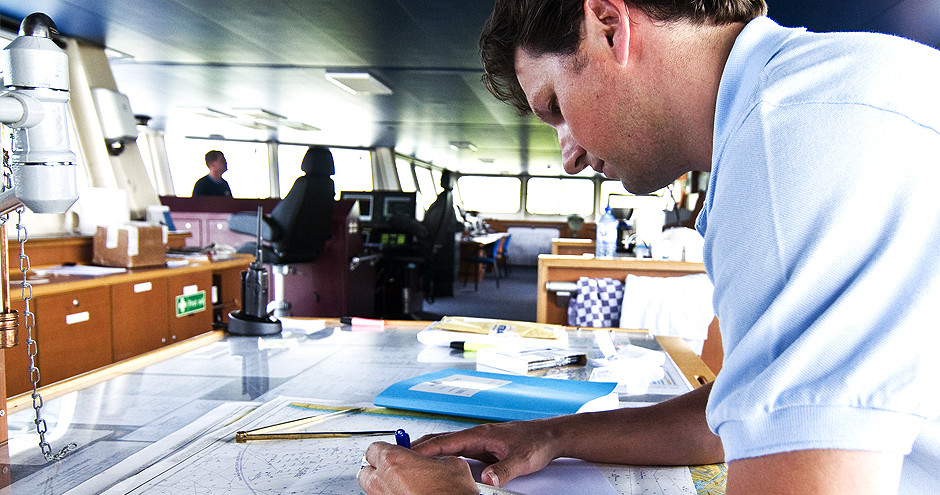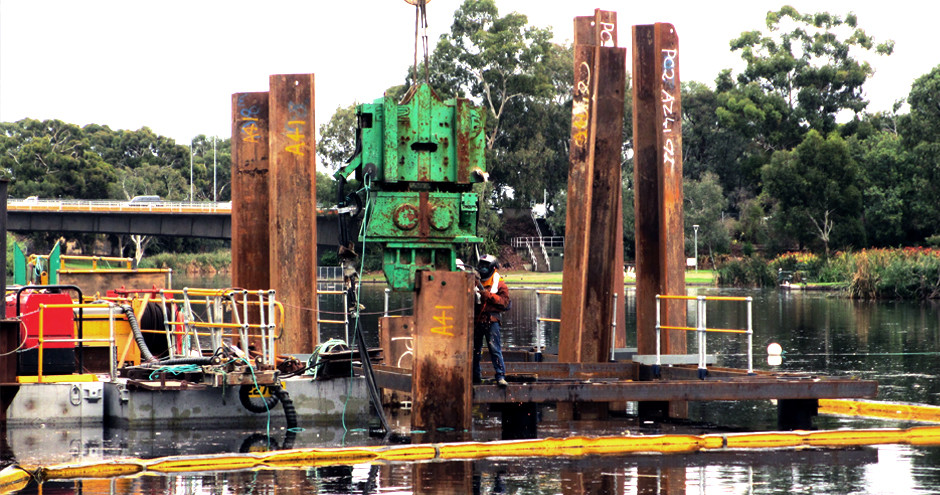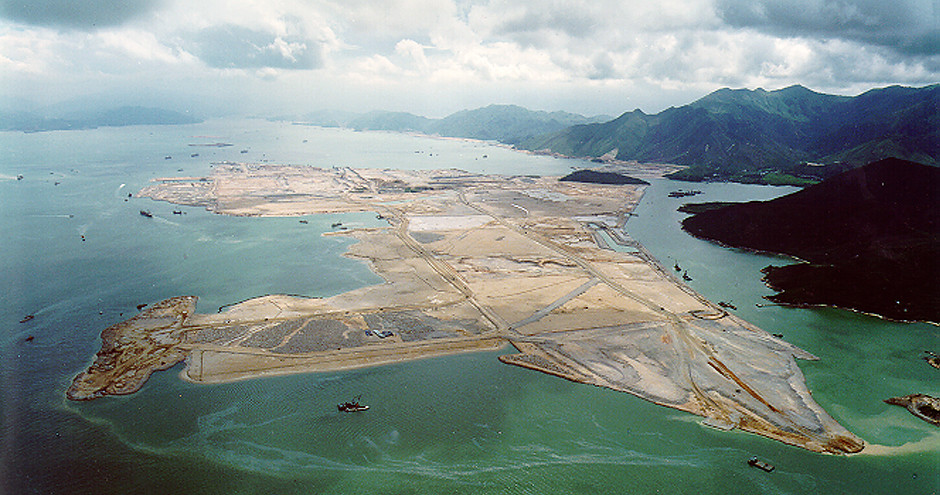 From the perspective of those involved in the marine infrastructure industry, the dire consequences of encountering, “differing site conditions” or otherwise known as “adverse physical conditions” or “latent conditions” during a project have long been obvious. Marine civil engineering projects of all sizes continued to be plagued by encountering such unforeseen conditions. There is a distinct lack of literature examining the “unforeseeability” of these conditions from an engineering and contractual perspective.
From the perspective of those involved in the marine infrastructure industry, the dire consequences of encountering, “differing site conditions” or otherwise known as “adverse physical conditions” or “latent conditions” during a project have long been obvious. Marine civil engineering projects of all sizes continued to be plagued by encountering such unforeseen conditions. There is a distinct lack of literature examining the “unforeseeability” of these conditions from an engineering and contractual perspective.
The book “Adverse Physical Conditions and the Experienced Contractor” authored by David Kinlan and published by Delft Academic Press ISBN : 97890-6562-327-0 takes a critical look at how to escape the worst pitfalls of site investigations and – when an adverse physical condition is discovered – how to make the best of a “bad” situation.
The book is available to order on Amazon, just click here
David Kinlan offers numerous insights, based on his own hands-on experiences with major dredging and marine piling contracts, his examination of the FIDIC contracts and PIANC workgroup studies.
All in all, Adverse Physical Conditions & The Experienced Contractor provides a much-needed reference work for those in the dredging and marine construction industry – both contractors and clients alike – who must cope with the reality of adverse physical conditions.
A short powerpoint presentation on adverse physical conditions is available for download, just click here.
The author’s co-produced article on Adverse Physical Conditions for the magazine Terra et Aqua is available for download here
A major study1 of major construction contracts in Australia found that:
- Risks were not allocated to the party best able to manage the risk;
- Formal risk assessments were not being undertaken;
- Risk clauses varied from those in standard contracts;
- Risks were transferred to consultants and contractors which were impossible for them to manage;
- Risks were not costed in tenders;
- Cost savings would have occurred had risks been more effectively allocated;
- The implications of changing risk allocation were not known;
- Disputes and claims increased as a consequence of changes to risk allocation
 In a US Army Corps of Engineers Report in 1995, titled ‘Reducing the Impact of Contract Claims2, S. Joseph Spigolon listed the major factors that contribute to claims on dredging projects in the United States as follows:
In a US Army Corps of Engineers Report in 1995, titled ‘Reducing the Impact of Contract Claims2, S. Joseph Spigolon listed the major factors that contribute to claims on dredging projects in the United States as follows:
- Insufficient geotechnical subsurface investigations
- Insufficient or unclear descriptions of site conditions in contract documents
- Lack of adequate contractor proficiency including lack of understanding of the project area and subsurface conditions and how these may affect dredging conditions
- Inadequacy of equipment and/or personnel for the specific project
- Inadequacies in the contractor’s organisation to finance, plan, supervise and operate the project
- Programmes which do not reflect the reality of dredge operating conditions
In the author’s experience the Australian studies and US Army Corps of Engineers findings apply in equal measure to marine infrastructure projects on a global basis. Clearly claims are still prevalent. Whilst progress has been made over the years by Employers, Consultants and Contractors in understanding and properly dealing with site investigation and risk allocation in marine infrastructure projects we have not, nor may we ever, reach a stage where adverse physical conditions claims will be totally eliminated however risks can be avoided and/or mitigated.











